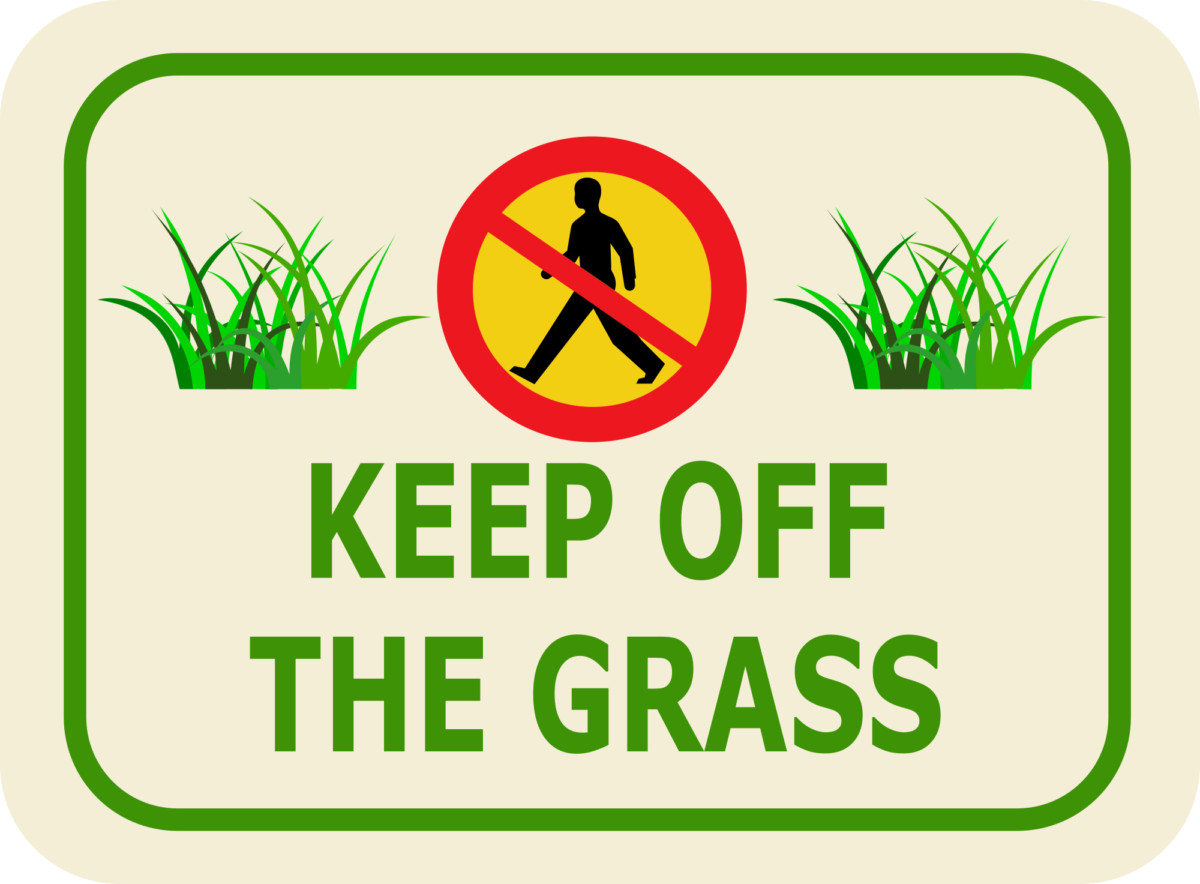Maintaining Your Lawn in Oklahoma
- Keep mower blades sharp.
- Mow only 1/3rd of the blade at a time.
- Do not bag lawn except to remove excessive debris or when you will have excessive lawn clippings.
- Mow Bermuda to maintain a height of 2″-3″ during growing season. We find that allowing the height to increase slowly as the year progresses yields the best results. You may allow up to 3.5″ towards the end of the season.
- Some literature you find on Bermuda Grass will state to keep the lawn between .5″ and 1.5″. We find that this is unrealistic for most homeowners. These maintenance routines require vigorous dedication to maintaining the lawn and generally don’t work well in Oklahoma weather.
- Mow Fescue at a height of 3.5″ year round.
Water as needed, if you see signs of heat stress such as slight yellowing, lines from mowers, etc. be sure to water heavily.
Water in the early morning. Never water at night as the grass sitting wet all night can cause fungus outbreaks. If you can’t water in the early morning water in the late afternoon but allow enough time for the grass to dry before nightfall, this should only be used as a last resort and is not considered best practice.
- Bermuda
- During growing season water heavily 1 to 2 times per week. This is enough water for bermuda most of the year. In high temperatures or long drought periods you may increase this to 3 times per week to accommodate the current conditions.
- Less frequent, deeper watering is preferred. The goal is to water the soil to a depth of 6″.
- Fescue
- Water Fescue the same as Bermuda most of the time.
- During high temperatures or dry spells increase the watering of Fescue. You may need to increase Fescue watering to as much as daily in extreme temperatures such as several days/weeks of 100+.
Soil conditions are important to watering. Sandy soils will require more frequent watering for less time and clay soils will require less frequent watering but for longer times. Adjust your schedule accordingly.
Maintain your sprinkler system on a bi-annual basis.
- Spring
- Check operation of system and verify that water is directed appropriately.
- Late Fall
- Winterize and shut down the system.
Maintain a routine for fertilizer and weed control. This will reduce competition so that the desired turf can better establish itself.



